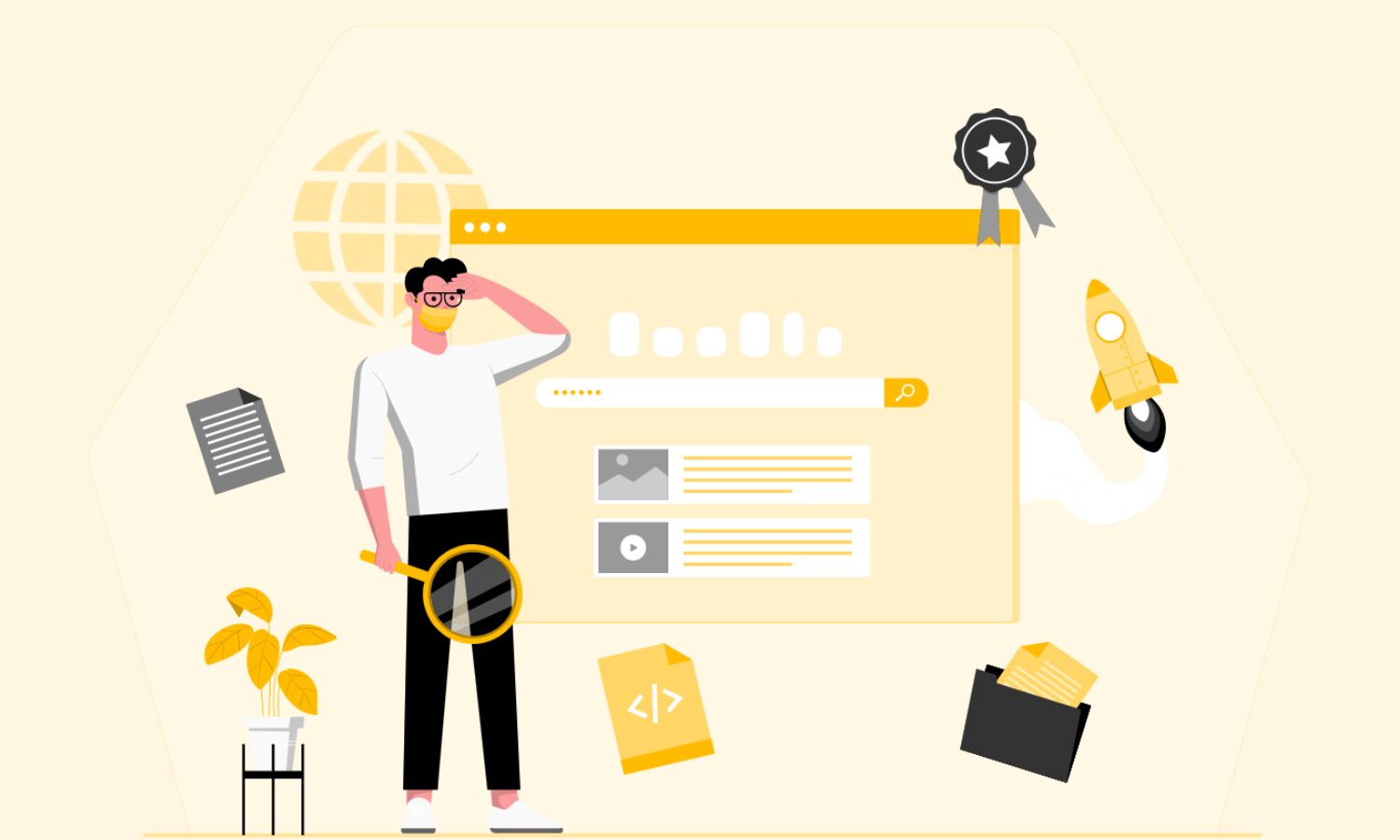



The Fundamentals of Crawling for SEO
One of the most important aspects of SEO is crawling, which refers to the process of search engines indexing...
Search engine optimization (SEO) is all about making your website visible to search engines and driving organic traffic to it. One of the most important aspects of SEO is crawling, which refers to the process of search engines indexing and understanding the content on your website. In this article, we'll go over the fundamentals of crawling for SEO and how to optimize your website for it.
What is Crawling?
Crawling is the process by which search engines scan the web and collect data from different websites to build an index. The crawlers, also known as spiders or bots, are computer programs that use algorithms to follow links on websites and gather information about their content, structure, and other relevant data. The crawlers then store this information in the search engine's database, which is used to determine the relevance and ranking of websites in response to user queries.
Why is Crawling Important for SEO?
Crawling is crucial for SEO because it allows search engines to understand the content on your website and rank it based on relevance and quality. If your website is not crawled, it will not appear in search engine results pages (SERPs), which means you'll miss out on valuable organic traffic. Moreover, even if your website is crawled, it may not be indexed properly, resulting in low rankings and poor visibility.
How Crawling Works
Crawling starts with search engines discovering new web pages through links from other websites, sitemaps, or submission forms. Once a page is discovered, the search engine sends a crawler to visit it and collect data about its content, structure, and other relevant factors. The crawler then follows the links on the page to discover new pages and repeats the process.
Crawling and Website Architecture
Website architecture refers to the structure and organization of your website's content and pages. A well-organized website with clear navigation and internal linking makes it easier for search engines to crawl and understand your content. On the other hand, a poorly structured website with broken links, duplicate content, or missing pages can make it difficult for crawlers to index your site, resulting in poor rankings and low traffic.
Common Crawling Issues
There are several common issues that can impact crawling and indexing, including:
- Duplicate content: Having multiple pages with the same content can confuse search engines and dilute your rankings.
- Broken links: Broken links can prevent crawlers from accessing important pages on your site.
- Robots.txt file: The robots.txt file is a text file that tells search engine crawlers which pages or sections of your site should not be indexed. However, if it's not configured correctly, it can accidentally block important pages from being crawled.
- Redirects: Redirects are useful for moving users from old pages to new ones, but if not done correctly, they can confuse crawlers and impact indexing.
How to Optimize Crawling
To optimize crawling on your website, follow these best practices:
- Create an XML sitemap: An XML sitemap is a file that contains a list of all the pages on your website, making it easier for crawlers to discover and index your content.
- Use descriptive URLs: Use descriptive and keyword-rich URLs that accurately reflect the content of the page.
- Fix broken links: Regularly check your site for broken links and fix them promptly.
- Avoid duplicate content: Ensure that your website has unique content and avoid duplicating content across multiple pages.
- Use robots.txt carefully: Use the robots.txt file to block pages that should not be indexed, but avoid accidentally blocking important pages.
- Use redirects correctly: Use 301 redirects to redirect users and crawlers from old pages to new ones.
Conclusion
In conclusion, crawling is an essential process that helps search engines understand your website's content and index it accordingly. Without proper crawling, your website may not be visible in search engine results, resulting in lower traffic and fewer leads. By optimizing your website for crawling, you can ensure that search engines can access and understand your content, leading to higher rankings, increased traffic, and ultimately, more business. Remember that optimizing for crawling is an ongoing process that requires constant attention and monitoring. By staying up-to-date with the latest best practices, you can ensure that your website stays competitive in search engine rankings and achieves your SEO goals.
Hocalwire CMS handles the technical parts of keeping Large Sitemap, Indexing pages for Google, Optimizing page load times, Maintaining assets and file systems, and Warning for broken links and pages while you handle all these non-technical components of SEO for Enterprise sites. If you're searching for an enterprise-grade content management system, these are significant value adds. To learn more, Get a Free Demo of Hocalwire CMS.

